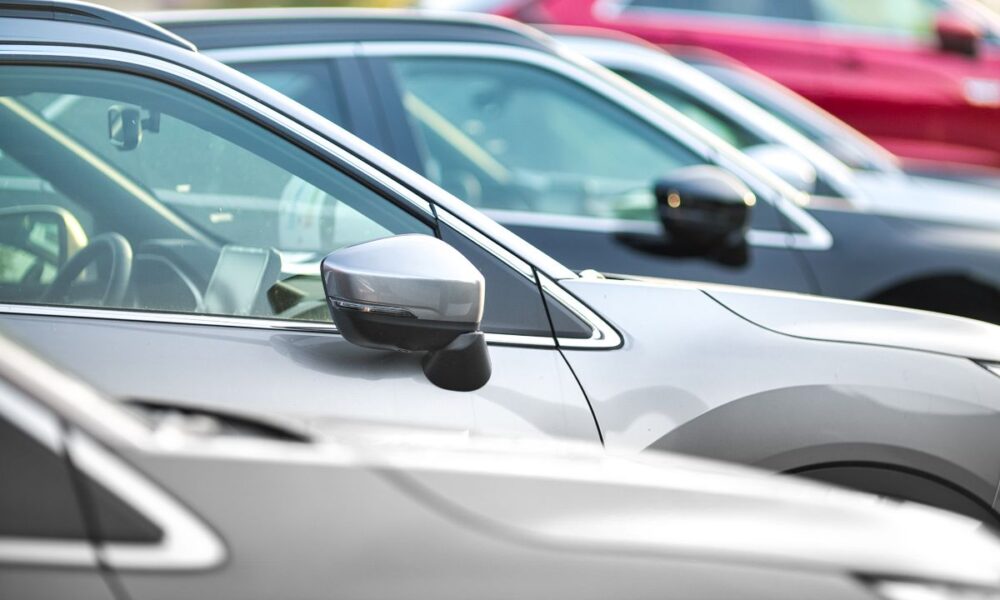New data shows more Americans than ever are failing to make their car payments on time.
In October, the share of subprime borrowers who were at least 60 days behind on making auto loan payments rose to 6.65%. This is the highest rate recorded by Fitch Ratings in the metric that dates back to 1994.
Americans making car payments have struggled with surging inflation in recent years, as vehicle prices have risen and interest rates have increased, resulting in ballooning borrowing costs. Second-quarter data from Experian revealed that the rate for deep subprime consumers, defined as those with credit scores between 300 and 500, was roughly 16% for a new car loan and 21.6% for a used car loan.
One borrower, 34-year-old Megan Langhodd from Genoa City, Wisconsin, has a 29.5% rate on a car loan. The result? She pays $483 per month, despite her vehicle being a 2014 Kia Optima.
“My principal hasn’t even really moved in two years,” said Langhoff, who works as a manager at McDonald’s, per Bloomberg. “Because once you fall behind, then you have the late fees and it’s hard to catch up.”
The share of consumers now falling into the riskiest category has risen to the highest levels since 2019, with 14.4% considered subprime borrowers in the third quarter, up from 13.9% during the same period last year.
To make matters worse, a cooling jobs market has been challenging the economy, with major employers like Starbucks, Target, and Amazon recently announcing layoffs. One report showed that nearly one million U.S. jobs were cut through October this year, the highest for the period since the pandemic in 2020.
In Q3, more than 28% of vehicle trade-ins toward new-car purchases carried negative equity, meaning the value of the cars traded in was less than what the borrower still owed on them. This represents the highest percentage since the first quarter of 2021.


